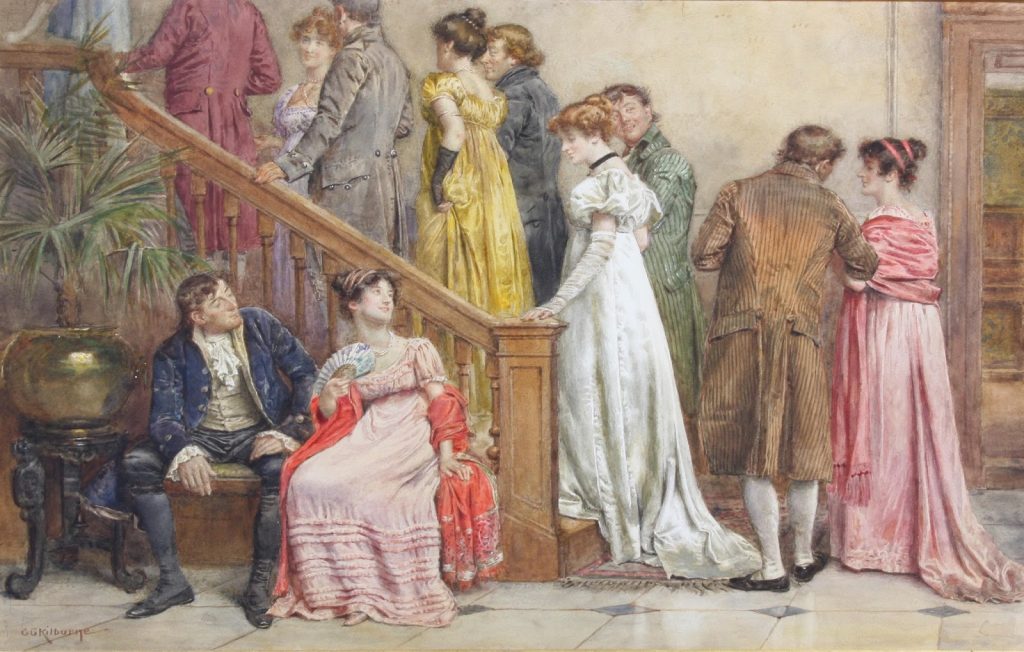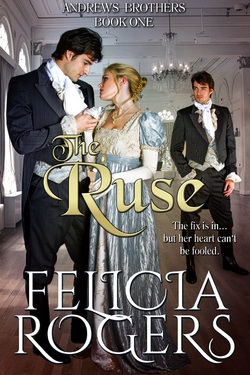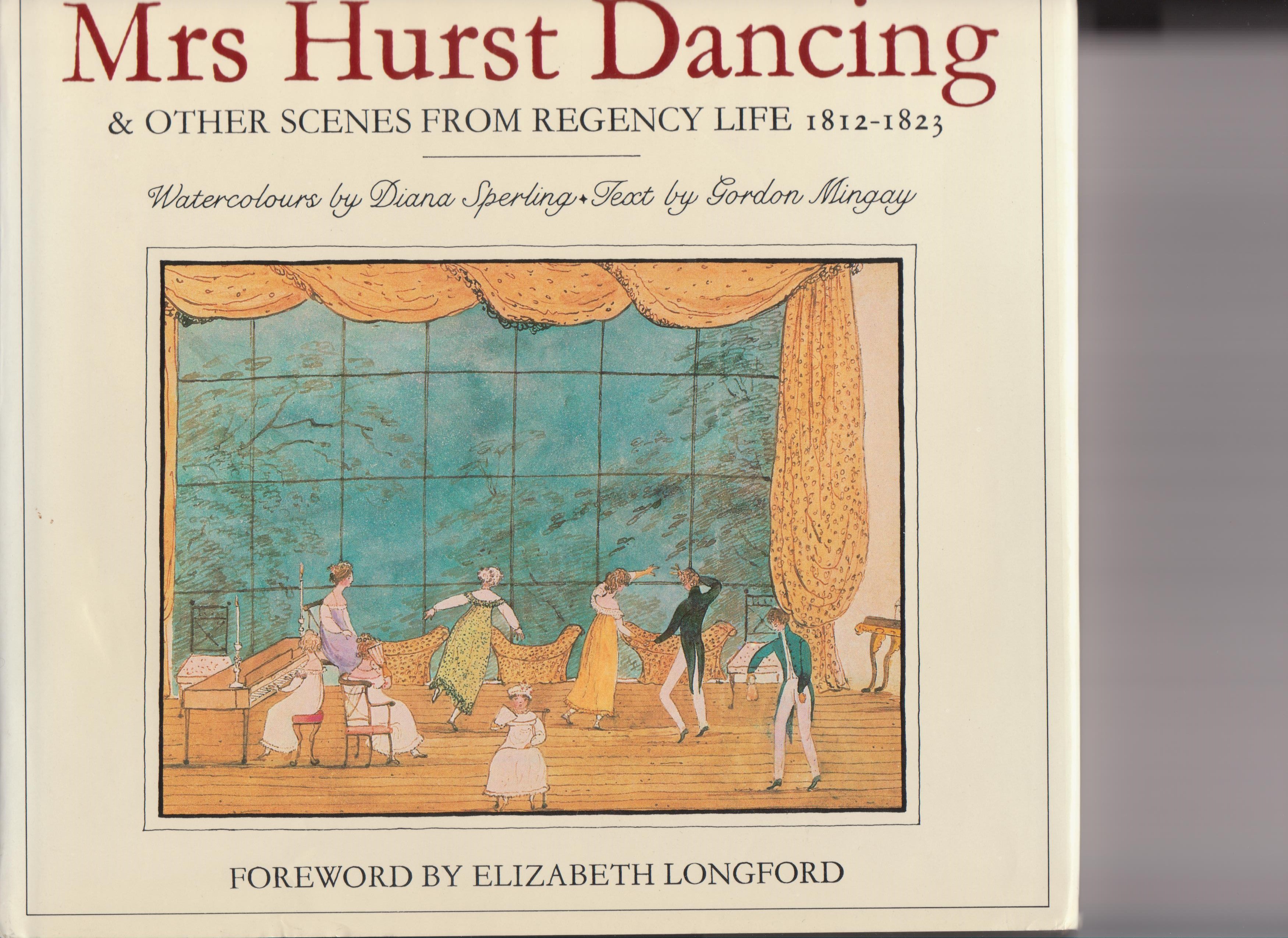
Portrait of Prince and Princess Esterhazy with their children c. 1850
She was born Her Serene Highness, Princess Maria Theresia, Hereditary Princess of Thurn and Taxis on July 6, 1794. Her parents were Karl Alexander, the 5th Prince of Thurn and Taxis, and Duchess Therese of Mecklenburg-Strelitz (a niece of the late English Queen Charlotte). She was their third child, and second daughter. Princess Maria Theresia was born in Regensburg, Bavaria. She maintained an attachment to the city of Regensburg throughout her life.
Princess Maria Theresia was married to Crown Prince Paul Anthony Esterhazy III (date of birth March 11, 1786) of Galantha on June 18, 1812 in Regensburg, not quite 18 years old to his age26. The prince’s father, Prince Nicholas II, travelled extensively and had lived for some time in England. From an ancient Hungarian family, Prince Paul Esterhazy had begun a diplomatic career young, serving under Louis, Prince of Stahremberg, in London. He was apparently liked and respected in English society as well as in diplomatic circles. It seems Princess Esterhazy was already active in London society and established as a Patroness of Almack’s by 1814, so it is obvious that she plunged right in to the social mainstream. After attending the Congress of Vienna in 1814 with Metternich, where Princess Esterhazy was much admired, Prince Paul was appointed to the Prince Regent’s court in 1815 as Austrian ambassador, at the Prince Regent’s request.
The youngest of the Lady Patronesses, Princess Esterhazy was an attractive young woman, based on the descriptions. She was apparently dark, plump, pretty and lively. Countess Lieven (later Princess) described her as “small, round, black, animated and spiteful”. She was very formal, and known to have a distaste for status seekers. Her love of ceremony and etiquette were attributed to her German background. As wife of the Austrian ambassador, Hereditary Princess of Thurn and Taxis in her own right, and connected with English royalty (cousin to Princess Charlotte, niece of the Duchess of Cumberland), Princess Esterhazy was at the top of the social strata from the beginning. Her knowledge protocol and of Austro-Hungarian, German and central European aristocracy would have been invaluable to her as a hostess for her husband.
Princess Esterhazy’s youth, personal attractiveness, and connections put her into a position of influence, had she chosen to use it. Supposedly Countess Lieven felt Princess Esterhazy to be a threat to her own position, at least initially. Information about Princess Esterhazy as a spiteful person appears in Countess Lieven’s letters to Prince Metternich. Countess Lieven was known for her efforts to influence European politics in Russia’s best interests, and apparently feared that the Austrian ambassador’s young wife would attempt to compete with her on the political stage as well as in society. It’s interesting to speculate that her malicious comments about Princess Esterhazy were an underhanded way to undercut Prince Paul’s position as Austrian ambassador. Ironically, there is no reference to Princess Esterhazy having any interest in political maneuvering. According to the Memoirs of the Comtesse de Boigne, Princess Esterhazy missed her home and was bored in London.
Princess Esterhazy was primarily associated with high society in her capacity as Lady Patroness of Almack’s. She was one of only two foreigners accorded this position (the other being Countess Lieven). As previously mentioned, she was a very high stickler. She was noted for her love of new dances, and was especially fond of waltzing. She was frequently partnered by Baron de Neumann, secretary at the Austrian Embassy.
Prince and Princess Esterhazy had 3 children, two daughters and a son, Nicholas Paul. It is interesting to note that their son was born in Regensburg in 1817, and married Lady Sarah Frederica Villiers, the daughter of Lord and Lady Jersey.
Her father-in-law passed away November 25, 1833, at which point her husband Paul became the 8th Prince Esterhazy of Galantha. Princess Maria Theresia’s full title became Princess Maria Theresia Esterhazy, Princess of Galantha, Princess of Thurn and Taxis. (The questions of lineage and title were apparently contributed to Countess Lieven’s dislike of Princess Esterhazy; her dislike appears to have been returned. When Count Lieven was made a prince in 1826, the now-Princess Lieven told Lord Grey that they were the only ones granted that title. Princess Esterhazy had no hesitation in showing her disdain for the Russian title, which did not endear her to Princess Lieven.) It is worth noting that the only source I found that dwells on Princess Esterhazy’s spiteful nature seems to be Princess Lieven.
Prince Esterhazy served as the Austrian Ambassador from 1815 to 1818, and again from 1830 to 1839. Prince and Princess Esterhazy also ruled Galantha from his father’s death and returned there in 1842. The Prince was active in political affairs for the Austrian empire and for Hungary, serving briefly as minister of foreign affairs to the King of Hungary, trying to mediate between the two governments. He left public life completely when Austrian and Hungarian relations broke down in 1848. I have found little data of Princess Esterhazy’s life after leaving England or during the years in Hungary. Sources indicate that Prince Esterhazy (and, by extension, Princess Esterhazy) had spent beyond his means, and that his last years were made difficult by money problems. He died May 21, 1866 in Regensburg (Maria Theresia’s much loved home city), at which time their son Nicholas became Crown Prince.
Princess Maria Theresia lived until August 18, 1874. She died in Huttledorf, Vienna, Austria. It is known that her son eased the family’s financial straits by selling the family’s famous art collection to the Austro-Hungarian Empire about 1870. Her rooms are the focus of an exhibition at the Esterhazy Palace in Eisenstadt, Austria. I requested more information about her from the Esterhazy Palace, but have yet to receive a reply. I will post an update with any additional information about her, when received.
Sources include:
Chancellor, E. Beresford. LIFE IN REGENCY AND EARLY VICTORIAN TIMES An Account of the Days of Brummell and D’orsay 1800 to 1850. London: B. T. Batsford, Ltd. 1926.
Also by Chancellor: Memorials of ST. JAMES’S STREET and Chronicles of Almack’s. New York: Brentano’s, 1922.
Charmley, John. The PRINCESS and the POLITICIANS Sex, Intrigue and Diplomacy, 1812-1840. London: Penguin Group, 2005. [This is actually about Princess Lieven, but talks about her issues with Princess Esterhazy.]
Gronow, Captain Rees Howell. Reminiscences of Captain Gronow. London: Smith, Elder and Co. 1862. Reprinted by IndyPublish.com, McLean, VA.
King, David. VIENNA 1814 How the Conquerors of Napoleon Made Love, War, and Peace at the Congress of Vienna. New York: Random House, Inc. 2008
.
Kloester, Jennifer. GEORGETTE HEYER’S Regency World. London: William Heinemann, 2005.
Quennell, Peter, ed. THE PRIVATE LETTERS OF PRINCESS LIEVEN TO PRINCE METTERNICH 1820-1826. New York: E. P. Dutton & Co., Inc. 1938.
Robinson, Lionel G., ed. LETTERS OF DOROTHEA, PRINCESS LIEVEN, during her Residence in London, 1812-1834. London: Longmans, Green and Co. 1902.
Candace Hern’s blog. “Leaders of Society and the Demimonde.” Princess Esterhazy (1794-?) http://www.candacehern.com/regency.htm
Unusual Historicals blog. “Fashionable People of the Regency- – Time for a Reassessment?” by Michelle Styles, posted 7/10/2012. http://unusualhistoricals.blogspot.com/2012/07/fashionable-people-of-regency-time-for.html
GoogleBooks.com. An Irish Beauty of the Regency by Frances Pery Calvert (the Hon. Mrs.) Great Britain: John Lane, 1911. Page 341. http://books.google.com/books?id=_LA_AAAAYAAJ&pg=PA341&lpg=PA341&dq=princess+esterhazy+regency&source=bl&ots=VfO–gHncf&sig=dpn5TZy–v898ruToxfX9z2Q6pY&hl=en&sa=X&ei=jw0gUe6vCpT09gTfzYHQCA&ved=0CDIQ6AEwATgU#v=onepage&q=princess%20esterhazy%20regency&f=false
GoogleBooks.com. Memoires of the comtesse de Boigne, Volume 2. (1815-1819). by Louise-Eleonore-Charlotte-Adelaide Osmond Boigne (comtesse de). M. Charles Nicoulaud. London: William Heinemann, 1907. http://books.google.com/books?id=6VUoAAAAYAAJ&q=The+diplomatic+body+paul+esterhazy#v=snippet&q=The%20diplomatic%20body%20paul%20esterhazy&f=false
GluedIdeas.com. From “Chambers Encyclopedia 1880”, Vol. 5 Escitria to Fagging, ESTERHAZY entry. http://gluedideas.com/content-collection/chambers-5/Esterhazy.html
ThePeearage.com. “Maria Theresia Prinzessin von Thurn und Taxis.” Person #32081. http://www.thepeerage.com/p32081.htm#i320810; “Pal Antal Furst Esterhazy von Galantha.” Person 320811. http://www.thepeerage.com/p32082.htm#i320811
Wikipedia.com. “Princess Maria Theresia of Thurn and Taxis.” http://en.wikipedia.org/wiki/index.html?curid=25561257
Image: Wikipedia Commons Prince Pal Antal Esterhazy and his Family c 1850 artist unknown http://upload.wikimedia.org/wikipedia/commons/thumb/3/3a/Prince_P%C3%A1l_Antal_Esterh%C3%A1zy_and_his_Family_c._1850.jpg/595px-Prince_P%C3%A1l_Antal_Esterh%C3%A1zy_and_his_Family_c._1850.jpg









